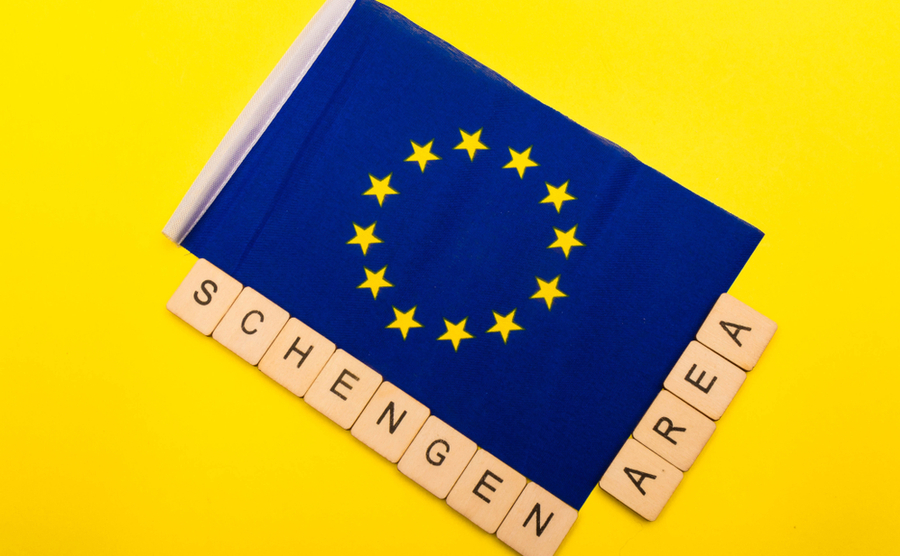A new border control system registering the movement of third-country nationals in and out of EU countries – getting rid of the old-fashioned passport stamps – is due to go live by 2024! We take a look at the key facts…

A new new Entry/Exit System (EES), an automated biometric scheme created by the European Commission is set to make travel in the EU smoother.
Passing through border control when travelling to Spain, France or any other second-home destination in most of Europe is set to become a whole new experience for Britons and other non-EU citizens by the end of this year. This is thanks to the launch of the new Entry/Exit System (EES), an automated biometric scheme created by the European Commission for monitoring non-EU citizens making short visits to the Schengen area, either with or without a short-stay visa.
EES is the first of two new inter-connected systems being rolled out by Brussels. The second, which relies on EES and should follow some months later, is the European Travel Information and Authorisation System (ETIAS). This is an electronic travel authorisation for visa-exempt non-EU citizens travelling to the EU. According to the European Commission, these systems will be adopted by 25 EU countries (excluding Cyprus and Ireland) and four non-EU countries (Norway, Iceland, Switzerland and Lichtenstein), which together form the border-free Schengen area.
How will EES affect border control?
The overall aim is to make travelling within the EU a slicker, more efficient experience by automating border control procedures, at the same time helping to make border management within the EU more effective. According to the European Commission, EES gets rid of the need for manual passport stamps, while reducing queues and improving security. Travellers will be required to register their details electronically the first time they enter the EU, then pass through self-service kiosks each time they cross other borders.
What information will EES collect at border control?
EES relies on travellers having biometric passports. Travellers will need to scan their passport and relevant travel documents, as well as do facial and fingerprint scans (biometric checks). Besides personal information, such as full name, DOB and nationality, key data collected this way includes the date and place of entry into and out of each EU country, as well as details of any refusals of entry. Once registered in the EES system, data is stored for three years, or five if no exit is not recorded.
Does EES recognise the 90/180 day rule?

The ESS will track how long you have spent in the Schengen zone.
Yes, that is one of its main benefits. Non-EU nationals are already subject to the Schengen 90/180 day rule, meaning they cannot spend more than 90 days within the EU bloc – whether just one country or split between two or more – in any rolling 180-day period. The EES will track this, logging a traveller’s movements across borders and automatically monitoring their time spent within the EU during each single trip (any ‘over-stayers’ will be red-flagged). According to the European Commission, travellers will be able to find this information via the EES website. Alternatively, it should be available via equipment at border crossing points. Otherwise, all travellers have the right to request this information from passport control officers.
Does EES affect British expats living in the EU?
No. Any non-EU citizen, including Britons, who are legally resident or have long-stay visas to live in an EU Member State will be not be required to register with EES.
When exactly will EES go live?
Originally scheduled to go live in 2021, EES has since been delayed until the end of 2023 –current expectations are for a November launch. ETIAS should follow five to six months later.

